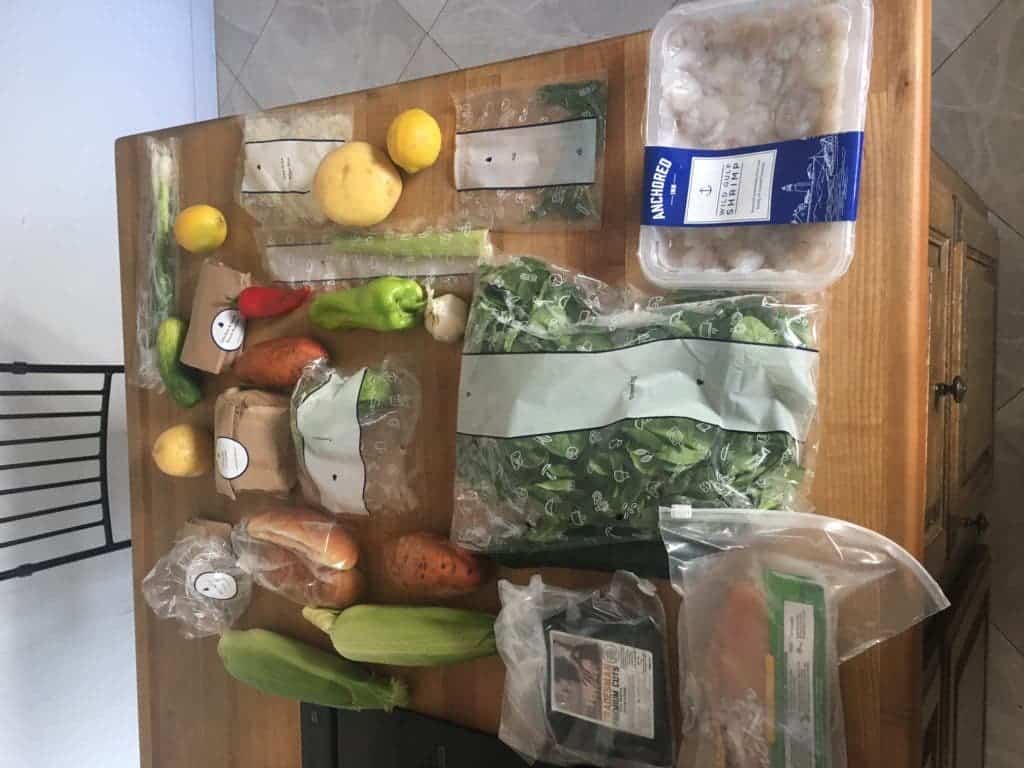
The fact that we live busier and busier lives should surprise no one. Our lives are changing, as are our day-to-day habits. Cooking, which used to be a core activity of every household, is becoming increasingly rare. Even people who want to cook often find it hard to fit it into their schedule — something which several companies have tapped into, providing readily available meal kits.
Although there are already numerous companies in many parts of the world — each with their own market strategy and approach — the basic principle is the same: you pay a bit extra and have exactly the ingredients you need for a meal (or several) delivered to you. Intuitively, you’d think that this is worse for the environment: you have additional packaging, extra transport, and you don’t really get much in return for it. But a new study has found that, surprisingly, meal kits are often more eco-friendly than buying the ingredients yourself.
The main reason for that is that the foods are pre-portioned, which reduces food waste, and the entire supply chain is streamlined and optimized, which further reduces food waste and greenhouse gas emissions.
“Meal kits are designed for minimal food waste,” said Shelie Miller of the University of Michian Center for Sustainable Systems in the School for Environment and Sustainability, senior author of the new study.
“So, while the packaging is typically worse for meal kits, it’s not the packaging that matters most,” Miller said. “It’s food waste and transportation logistics that cause the most important differences in the environmental impacts of these two delivery mechanisms.”
Annual U.S. meal kit sales reached an estimated $3.1 billion in 2018, and the market is experiencing tremendous growth at 22% per year, according to the Packaged Facts research firm. In a 2018 Nielsen survey, 9% of U.S. consumers surveyed said they had purchased a meal kit, while 25% of respondents said they would consider trying a meal kit in the next six months. Already, it’s an industry that’s becoming significant, and yet its environmental impact remains understudied.
The new study assessed relative greenhouse gas emissions of meal kits compared with grocery store meals. However, the meal kits were assessed from a single company, marking a significant caveat of the study. Also, only five meal kits were analyzed: salmon, cheeseburger, chicken, pasta and salad. The emissions for the meals were assessed across all stages, from agricultural production to packaging, distribution, and waste generation.
Overall, the average emissions were calculated to be 6.1 kg CO2/meal for a meal kit and 8.1 kg CO2/meal for a grocery store meal. For reference, a gallon of gasoline emits an estimated 8.8 kg CO2.
“We took a close look at the tradeoff between increased packaging and decreased food waste with meal kits, and our results are likely to be a surprise to many, since meal kits tend to get a bad environmental rap due to their packaging,” said Miller.
Researchers estimate that meal kits will become a larger and larger trend, and it’s best to ensure sustainability as early as possible. The findings are encouraging, but more work is needed for a more thorough assessment, both in terms of offered foods, as well as the impact of these foods in different parts of the world.
“The way consumers purchase and receive food is undergoing substantial transformation, and meal kits are likely to be part of it in some way,” said doctoral student Brent Heard and first author of the new study.
“In order to minimize overall impacts of the food system, there is a need to continue to reduce food loss and waste, while also creating advances in transportation logistics and packaging to reduce last-mile emissions and material use.”
The study has been published in the journal Resources, Conservation and Recycling.


